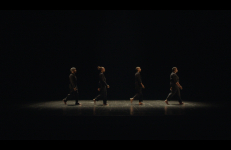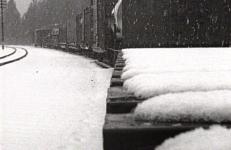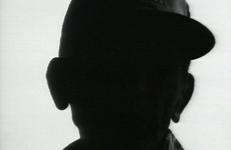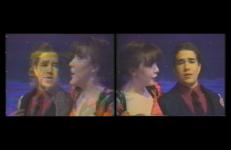Weaving Stories While Walking, a reading-performance film by Sónia Vaz Borges and Mónica de Miranda, interweaves multiple accounts from members of the resistance against the colonial powers in Cabo Verde, Guiné-Bissau, Angola, and Portugal. It looks at the centrality of individual and collective walking, movement, and affective experiences in understanding the liberation struggles and their legacy in the contemporary times. Weaving Stories While Walking intermingles timely narratives for the current social contexts.
Memory
Welcome to David Wojnarowicz Week is the follow up to A Boy Needs a Friend. Reinke proposes a new holiday with the motto MORE RAGE LESS DISGUST: David Wojnarowicz Week and takes us through his seven days of celebration.
I could not remember anything about my childhood before the age of twelve. I made a decision to remember. West Fingerboard Road relays how I remembered my forgotten childhood memories, and references the writings of philosopher Gilles Deleuze that echo my ideas on memory and the process of remembering.
-- Susan Youssef
What Rules The Invisible is a short film that upends archival travelog footage shot in Hong Kong. Spanning reappropriated amateur footage across the 20th century, the sojourner’s gaze—distanced, distorted and even voyeuristic—shows tropes and patterns. The same shots repeat across decades, from landscape to cityscape to street scenes. Sometimes the footage reveals more about the traveler himself, such as a sequence where the camera curiously tracks the hips and bare legs of women wearing cheongsam crossing a busy intersection.
Repurposing an ancient confessional video diary made about 40 years ago, this 11-minute narrative creates a poignant and humorous conversation where both ‘selves’ question, enlighten, and warn one another about things in life that really matter.
Note: This title is intended by the artist to be viewed in High Definition. While DVD format is available to enable accessibility, VDB recommends presentation on Blu-ray or HD digital file.
In this experimental travelogue, efforts to sound human and look natural instead become artifical. The scenery is provided through photo-chromed vintage postcards, displaying not only scenic North American landscapes but also the rise of infrastructure and industry. Aspiring to look more realistic by adding color to a black and white image, the postcards are instead documents of the fantastic.
The secret history of hobo and railworker graffiti. Shot on freight trips across the western US over a period of 16 years, Who is Bozo Texino? chronicles the search for the source of a ubiquitous rail graffiti--a simple sketch of a character with an infinity-shaped hat and the scrawled moniker, "Bozo Texino"--a drawing seen on railcars for over 80 years.
This experimental documentary chronicles Janice Tanaka’s search for a father she has not seen since she was three years old. Possessing only sketchy information—that he had protested the internment of Japanese Americans citizens after the bombing of Pearl Harbor by writing letters to the President, that he had been arrested by the FBI and subsequently diagnosed as a schizophrenic with paranoid tendencies and institutionalized—Tanaka searched for her missing father for three and a half years.
I made this piece within my first year of using Facebook. Dozens of people I’d thought I’d never hear from again were suddenly accessible to me in mystifyingly dynamic, flattened form. The cognitive dissonance wrought by this collision and collusion of past and present, distant and immediate, provoked me to dig out a strange artifact: a VHS compilation tape produced annually for three or four years at my high school. It was spearheaded by an A/V club teacher, produced by students, assembled via Amiga Video Toaster, and sound-tracked by corporate royalty-free music libraries.
Based on the filmmaker's autobiography, You Are Here examines the search for home within our era of transnational displacement. As the son of Italian immigrants, the filmmaker examines notions of home and belonging within the context of his ethnic origins, but also extends this in relation to his identity as a gay man. The film chronicles his trajectory from his familial home in Italy, to his native Canada and beyond, and weaves a compelling portrait shaped by memory and the realities of the present.
You Were an Amazement on the Day You Were Born is a visually stunning work that follows a woman through a life characterized by damage and loss, but in which she finds humor, love, and joy. With a score that follows the span of Lenore’s life, from her birth in the early 70s to her death in the 2040s, the film takes us from moments of harrowing loss to those of poignancy and dark humor.
You Were an Amazement on the Day You Were Born is a visually stunning work that follows a woman through a life characterized by damage and loss, but in which she finds humor, love, and joy. With a score that follows the span of Lenore’s life, from her birth in the early 70s to her death in the 2040s, the film takes us from moments of harrowing loss to those of poignancy and dark humor.












